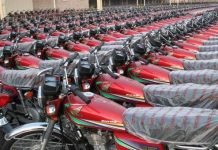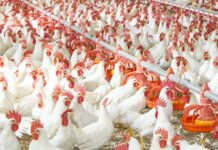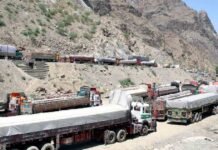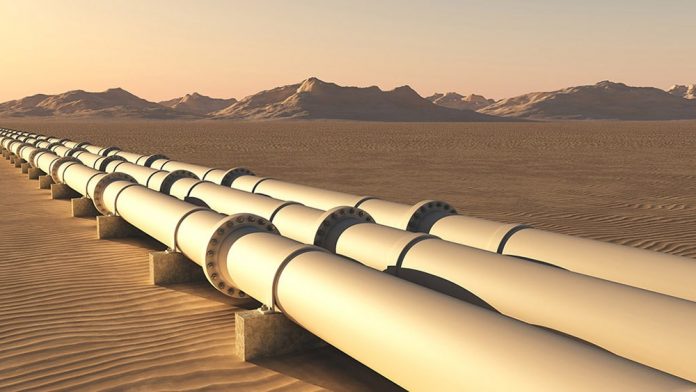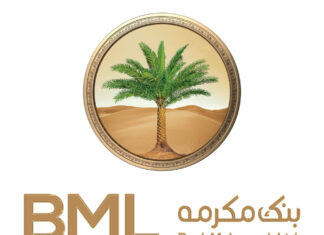KARACHI: A near collective cheer went up from the exporter community as the details of the gas price adjustment rippled through their ranks.
For years, there had been demands coming from this community for equalising the regional price of gas as well as bringing down the tariff to make them competitive. Both those demands have been met, and all members of the textile exporter community that Dawn spoke with expressed profound satisfaction with the result, reports the national daily.
“We had been asking for many years for a separate slab for five zero-rated export-oriented sectors, and we are pleased to note that this has finally been done,” said Jawed Bilwani, a knitwear garment exporter from Karachi who is also the chairman of the Pakistan Apparel Forum.
Karachi-based businesses were particularly anxious about the move since the large disparity in the price of gas between Punjab and Karachi industry was working in their favour for many years. They were concerned that this gap might be closed by the government to their disadvantage, and expressed relief that this did not happen.
Punjab-based industrialists seemed a little confused. The All Pakistan Textile Mills Association (Aptma) hailed the price adjustment as a great step. “There is a big price drop for us”, said Aneesul Haq, Secretary Aptma for the Punjab region. The uniform tariff across the country, he said, will eliminate regional disparities. He also seemed to think there is “a big price drop” for the textile exporters. “Prior to this we were paying Rs1,400-1,500 per MMBtu, but that has come down to Rs600 now” he declared.
Not so fast, cried others. “The new slab applies only to system gas, not LNG” pointed out Faisalabad-based Zia Alamdar, former President of the Pakistan Hosiery Manufacturers Association (PHMA), a sector of the textile industry heavily invested in gas. Only 28 percent of the gas that Punjab industry receives is system gas, he says, and the remaining 72pc is imported LNG whose price has not been touched. So there is, in effect, no change in the price for Punjab exporters.
“For five years, the PML-N has been playing these games with us”, he says, talking about this doublespeak of announcing price reductions that upon closer examination turn out to be the opposite. “Now these people have started the same game!”
The fertiliser industry has seen a near 50pc increase in the price of its feedstock gas, though the amount it pays is so low that it is measured in the fraction of the rupee. “Fertiliser sector has benefited hugely from subsidies in the past”, says Ehsan Malik, Chairman of the Pakistan Business Council that includes some of the largest fertiliser manufacturers.
“There is a realisation that some realism had to come in the pricing of gas for them” he continues, pointing out that a study is currently underway to serve as an input to future fertiliser pricing policy to find ways to limit the impact that this increase can have on the farmer.
Other than fertiliser, he felt that the attempts to “moderate the impact of the price increase on the exporting sectors” is a positive for the economy as a whole. “The biggest adverse impact will come on those industries that serve the local market”, he says, where the possibilities for import substitution are the greatest. “It is possible that some compensatory steps will be made in the Finance Act to be tabled” on Tuesday.


